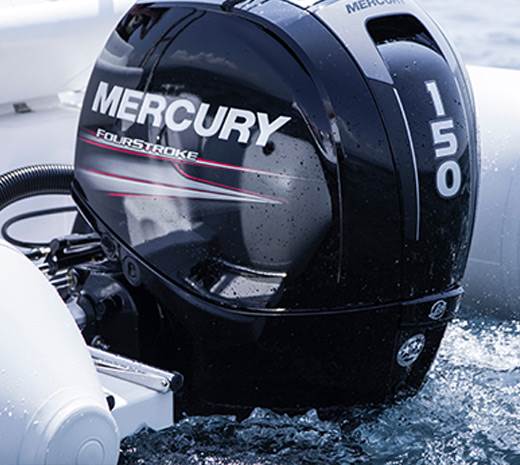3 JAW Reverse vs 6 JAW Reverse - A Quick Guide to the Important Differences
When it comes to Mercury 3 & 4-cylinder lower units, one of the most critical components is the clutch dog configuration. This component determines how smoothly and effectively your outboard motor shifts gears, directly impacting performance, durability, and reliability on the water.
The two main types of reverse engagement systems in Mercury lower units are:
- 3-Jaw Reverse
- 6-Jaw Reverse
Understanding the differences between these two systems will help you make an informed decision when choosing a replacement lower unit.
What is a Clutch Dog and How Does It Work?
The clutch dog is a key element in an outboard motor’s lower unit, responsible for engaging and disengaging gears during operation. When you shift your boat into forward or reverse, the clutch dog slides along the propeller shaft and locks into place, connecting the engine’s power to the propeller.
A well-functioning clutch dog ensures:
✔ Smooth gear transitions
✔ Minimal gear slippage
✔ Long-lasting durability
The jaw count (3-jaw or 6-jaw) refers to the number of engagement points on the clutch dog, which affects the overall performance of the lower unit.
Differences Between 3-Jaw and 6-Jaw Reverse Systems
| Feature | 3-Jaw Reverse | 6-Jaw Reverse |
|---|---|---|
| Number of Engagement Points | 3 Jaws | 6 Jaws |
| Shifting Precision | Less precise | More precise |
| Durability | Moderate | High |
| Gear Engagement Strength | Adequate for lower horsepower engines | Stronger grip for high-performance applications |
| Smoothness of Shifting | Slightly rougher transitions | Smoother gear shifts |
| Common Applications | Found in older or lower HP models | Used in newer and high-power Mercury outboards |
Pros and Cons of 3-Jaw Reverse
Advantages:
- Common in many older Mercury 3 & 4-cylinder engines.
- Cost-effective replacement for standard boating needs.
- Simpler design with fewer moving parts, reducing maintenance requirements.
Disadvantages:
- Slower and rougher shifting compared to a 6-jaw system.
- Higher chance of gear slippage, leading to premature wear and tear.
- Less durability under high loads, making it unsuitable for high-horsepower or performance-focused applications.
Pros and Cons of 6-Jaw Reverse
Advantages:
- More precise and smoother gear engagement, reducing wear on internal components.
- Stronger grip on gears, making it ideal for high-performance Mercury outboards.
- Longer lifespan due to reduced stress on the clutch dog mechanism.
Disadvantages:
- More complex design may require additional maintenance.
- Slightly higher cost due to enhanced engineering and performance benefits.
Choosing the Right Lower Unit for Your Mercury 3 & 4 Cylinder Engine
Choose a 3-Jaw Reverse if:
- You have an older Mercury 3 or 4-cylinder outboard that originally came with a 3-jaw system.
- You primarily use your boat for leisurely rides or fishing, where high-performance shifting isn’t a priority.
- You’re looking for an affordable replacement lower unit.
Choose a 6-Jaw Reverse if:
- You have a newer Mercury outboard that requires a high-performance lower unit.
- You want smoother shifting and longer-lasting durability.
- You operate your boat at higher speeds or under heavy loads, requiring a stronger and more precise gear engagement.
Conclusion
Both 3-jaw and 6-jaw reverse lower units have their place in the marine industry, but choosing the right one depends on your engine type, performance needs, and budget.
- If you want a cost-effective solution and own an older outboard, a 3-jaw reverse system might be the right fit.
- If you need superior shifting, durability, and performance, investing in a 6-jaw reverse is the best choice.







